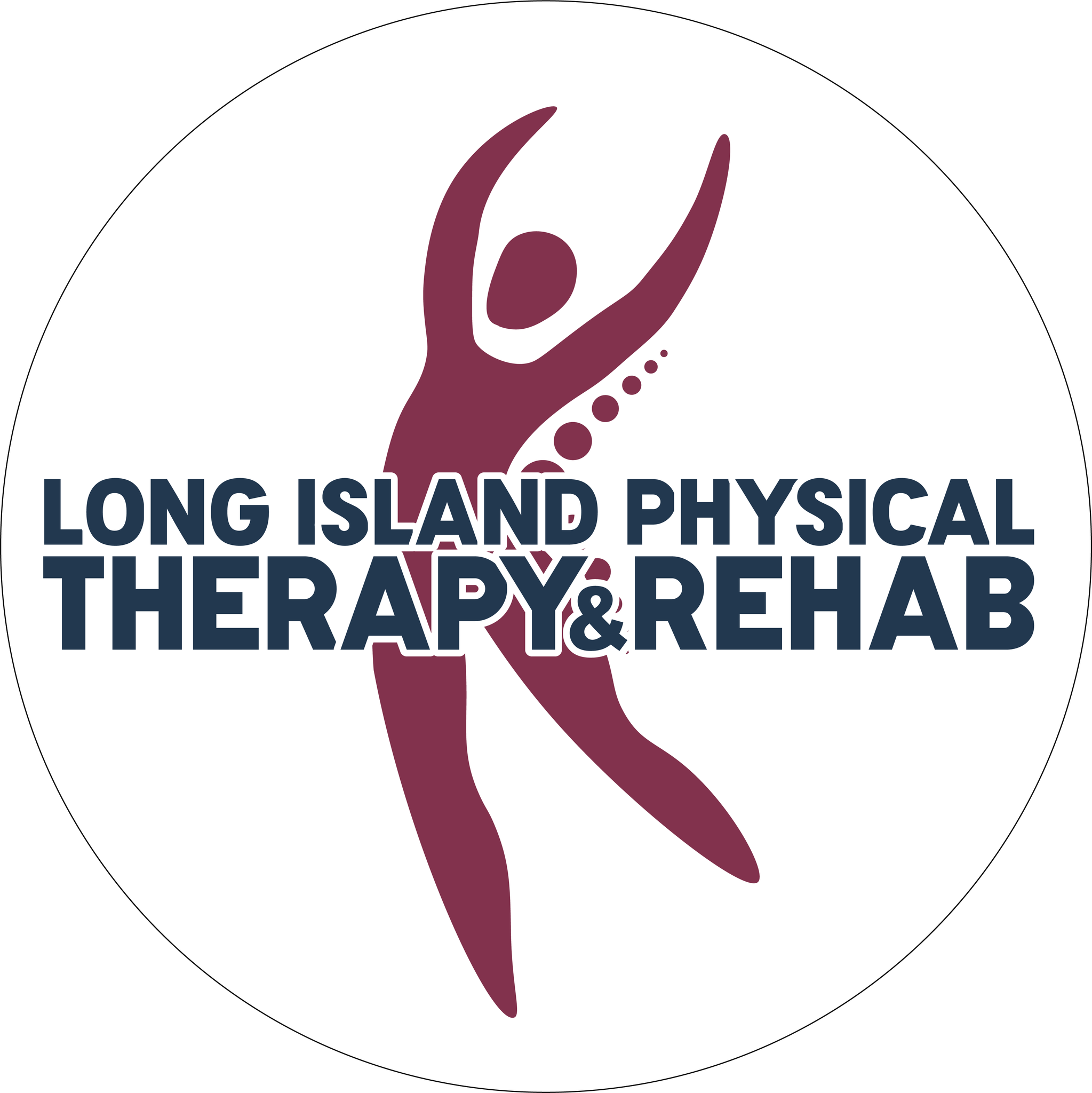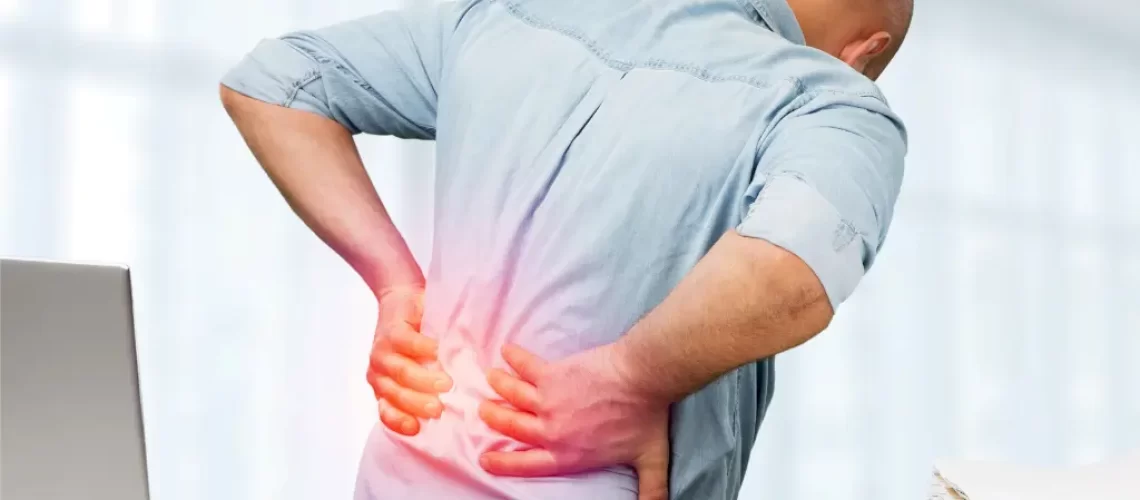Lower back pain can be an agonizing and debilitating condition that affects millions of people, limiting their ability to perform daily activities. At Long Island Physical Therapy and Rehab, we understand the profound impact lower back pain can have on your life. That’s why we want to shed light on the role of physical therapy in alleviating this pain and answer not only the question of how long it takes but also address some common queries that patients have about physical therapy.
Factors Influencing the Duration of Physical Therapy
The length of time required for physical therapy to effectively treat lower back pain varies from person to person. Several factors come into play:
- Severity of Pain: The intensity of your pain is a significant factor. Severe pain may require more extensive therapy.
- Underlying Cause: The cause of your lower back pain also plays a role. Physical therapy can address various causes, such as muscle strains, herniated discs, or sciatica.
- Individual Response: Everyone responds differently to treatment. Your body’s unique response will influence the duration of therapy.
Types of Physical Therapy Interventions
Physical therapy for lower back pain involves a range of interventions tailored to your specific needs:
- Exercise: Targeted exercises can strengthen back muscles and improve flexibility.
- Manual Therapy: Hands-on techniques can reduce pain and enhance your range of motion.
- Education and Counseling: You’ll receive guidance on how to manage and prevent back pain effectively.
Typical Treatment Plan
A standard physical therapy plan for lower back pain typically spans six to eight weeks, with sessions occurring one to two times per week. Consistency is crucial to achieving the best results.
Follow Your Physical Therapist’s Instructions
To optimize your progress, it’s essential to follow your physical therapist’s instructions diligently and perform prescribed exercises at home. This will not only expedite recovery but also prevent reoccurrence.

What are the benefits of physical therapy for lower back pain?
Physical therapy offers several benefits for individuals suffering from lower back pain:
- Pain Relief: Physical therapy can help alleviate acute and chronic lower back pain through targeted exercises and manual therapy techniques.
- Improved Mobility: Therapeutic exercises and stretches can enhance the flexibility and range of motion in your spine, reducing stiffness.
- Strengthens Muscles: Specific exercises are designed to strengthen the muscles supporting your lower back, providing better stability and support.
- Prevent Recurrence: Physical therapy not only addresses current pain but also educates you on how to prevent future episodes of lower back pain.
- Customized Treatment: Your physical therapist tailors your treatment plan to your unique needs, ensuring that you receive personalized care.
What are the risks of physical therapy for lower back pain?
While physical therapy is generally safe and well-tolerated, there are minimal risks associated with it:
- Temporary Discomfort: Some individuals may experience temporary soreness or muscle fatigue after a physical therapy session. This discomfort typically subsides with time and rest.
- Overexertion: Overexertion during exercises or improper technique can lead to minor injuries. It’s crucial to follow your therapist’s guidance and not push yourself too hard.
- Allergic Reactions: In rare cases, individuals may have allergies to certain materials or creams used during physical therapy. Always inform your therapist of any allergies you have.
It’s essential to communicate openly with your physical therapist about any concerns or discomfort you experience during your sessions to ensure your safety and comfort.
What can I do to help my lower back pain in the meantime?
While awaiting your physical therapy sessions, there are several steps you can take to manage lower back pain:
- Ice and Heat: Applying ice or heat to the affected area can help reduce pain and inflammation—experiment with both to see which provides more relief.
- Maintain Good Posture: Pay attention to your posture when sitting, standing, and lifting objects. Correct posture can alleviate strain on your lower back.
- Gentle Stretching: Perform gentle stretches to improve flexibility and relieve tension in your lower back muscles.
- Avoid Heavy Lifting: If possible, avoid lifting heavy objects or use proper lifting techniques if lifting is necessary.
- Over-the-counter Pain Relief: Over-the-counter pain relievers, if recommended by your healthcare provider, can provide temporary relief.
Remember that these are interim measures. It’s essential to consult with a healthcare professional for a comprehensive evaluation and long-term treatment plan.
What are some alternative treatments for lower back pain?
Several alternative treatments can complement or serve as alternatives to physical therapy for lower back pain:
- Chiropractic Care: Chiropractors perform spinal adjustments to alleviate pain and improve spinal health.
- Acupuncture: Acupuncture involves the insertion of fine needles into specific points of the body to relieve pain and promote healing.
- Massage Therapy: Therapeutic massage can relax tight muscles and improve blood circulation, reducing lower back pain.
- Yoga and Pilates: These forms of exercise focus on core strength, flexibility, and relaxation, which can benefit lower back pain sufferers.
- Medication: In some cases, healthcare providers may prescribe pain medications or muscle relaxants to manage lower back pain.
When Should You Consider Physical Therapy for Low Back Pain?
Low back pain can significantly impact your daily life, but physical therapy offers a safe and effective solution to address this issue. It aims to reduce pain, enhance your range of motion, and strengthen the muscles in your lower back. Here’s a guide to help you recognize when it’s time to consult a physical therapist for your lower back pain:
- Severe and Persistent Pain: If your lower back pain is severe and doesn’t improve with rest or over-the-counter pain medication, it’s a clear sign that you should seek professional help.
- Escalating Discomfort: When your pain intensifies over time or hinders you from carrying out your usual activities, it’s a compelling reason to consult a physical therapist.
- Numbness or Tingling: Experiencing numbness or tingling sensations in your legs or feet alongside your back pain may indicate nerve involvement, requiring professional evaluation.
- Leg or Foot Weakness: Weakness in your legs or feet associated with low back pain should not be ignored, as it may signal an underlying issue that needs attention.
- Fever or Infection Signs: The presence of fever or other signs of infection alongside low back pain should prompt immediate medical evaluation.
- Cancer or Osteoporosis History: If you have a history of cancer or osteoporosis, it’s essential to be cautious with low back pain, as certain conditions may increase your risk of spine-related problems.
Once you experience any of these symptoms, it’s crucial to consult a healthcare professional to rule out serious underlying conditions. Following a proper diagnosis, your doctor may recommend physical therapy as part of your treatment plan.
What to Expect During Your Physical Therapy Evaluation:
During your initial physical therapy assessment, your therapist will:
- Inquire About Your Pain: They will ask about your pain, its characteristics, and how it affects your daily life.
- Review Your Medical History: Your therapist will go through your medical history to gain a comprehensive understanding of your condition.
- Physical Examination: A physical examination will assess your range of motion, strength, flexibility, and overall physical function.
Based on these findings, your physical therapist will tailor a treatment plan specific to your needs. This plan may include:
- Targeted Exercises: Exercises designed to strengthen your lower back muscles and alleviate pain.
- Stretching Routines: Stretching exercises to enhance flexibility and reduce tension in the affected area.
- Manual Therapy Techniques: Hands-on techniques to relieve pain and improve your range of motion.
Following your therapist’s instructions and performing prescribed exercises at home are essential to maximize the effectiveness of your treatment.
Additional Tips for Managing Lower Back Pain:
Here are some extra strategies to help you manage lower back pain effectively:
- Stay Active: Regular physical activity can maintain the strength and flexibility of your back muscles, reducing pain.
- Balanced Rest: Adequate rest is crucial for recovery, but excessive bed rest can worsen your pain. Strike a balance.
- Heat or Cold Therapy: Applying heat or cold to the affected area can alleviate pain and inflammation.
- Weight Management: If you’re overweight or obese, shedding excess pounds can reduce stress on your lower back.
- Posture Improvement: Maintain good posture to minimize strain on your back, especially during prolonged periods of sitting or standing.
- Safe Lifting Techniques: Learn proper lifting and object-moving techniques to prevent back strain.
In conclusion, the duration of physical therapy for lower back pain varies depending on individual factors. It is a safe and effective treatment option worth exploring if you’re struggling with lower back pain. Consult with our experts at Long Island Physical Therapy and Rehab to determine the best course of action for your specific condition. Don’t let lower back pain control your life; take the first step toward recovery today.



